The origin of the red-skinned potato is in Peru, South America, and can be planted in alpine mountains at an altitude of 1200 meters above sea level in Yichang City, Hubei Province, China. Red potato is rich in a variety of trace elements, contains starch and anthocyanins, has antioxidant effects, is rich in nutrients, and has a better taste than ordinary potatoes. It is the most suitable potato for potato puree and French fries. Here is a look at the high-yield planting techniques of red-skinned potatoes! First, use Red-skinned potato is rich in proanthocyanidins and a large amount of trace minerals. It has the functions of blood-protecting, anti-cancer, anti-aging, aging, skin care, kidney-invigorating, anti-stroke, prevention and treatment of hypertension and heart disease. The nutritional value is very prominent. The effect is very obvious. It is a very precious delicacies on the table, a must-have for high-end hotels, and a health food for high-end consumers. Second, cultivation techniques 1. Select the plot Potatoes should not be cultivated in soils with high viscosity and pH. Potato tubers need to be fertile and loose soil. Therefore, it is necessary to choose sandy loam with flat terrain, deep ploughing, fertile and loose, and good permeability. It is not advisable to continue to plant plots of potatoes and other Solanaceae crops within 3 years, and the plots of wheat and corn are better. 2. Apply enough base fertilizer Before ploughing the ground, artificially spread the decomposed farmyard manure 2000-3000 kg/666.7 m2, and use the fertilizer machine to apply 20 kg/666.7 m2 of diammonium phosphate and 15 kg/666.7 m2 of potassium sulfate. 3. Choose seed potato Choose the farmer red-skinned potato as the main plant variety. 15 days before sowing, the seed potatoes were taken out from the storage kiln and placed indoors, so that the potatoes naturally sprouted from the dormancy. 4. Disinfection and dicing sites and tools The use of ash to sterilize tools for dicing sites and buds, thereby reducing the chance of buds infected with viruses and germs. 4 to 6 days before sowing, choose a healthy, potato-slurry and potato-shaped seed potato cut. The weight of each bud is preferably 30g to 50g, and should not be too small. Each dicing belt has 1 to 2 bud eyes. The cutter should be strictly disinfected and disinfected with 5% potassium permanganate solution or 75% alcohol before each seeding. Chopped potato chips should be mixed with grass ash to prevent disease and fertilizer, and put them in a cool and ventilated place to prevent the rotten seeds. 5. Sowing Generally, when the soil is about 10 cm deep and the ground temperature is about 8 °C, it can be sown. The suitable sowing period in Yumin County is generally from mid-April to late April. Adopt mechanical dredging, artificial sowing, sowing depth 15 cm, plant spacing 30cm, mechanical sealing ridge ridge, ridge height 20cm, ridge distance 70cm, sowing amount 130kg/667m2, planting density 3200 plants / 667m2. 6. Drip irrigation equipment installation and laying The drip irrigation equipment system used in the drip irrigation facility is to lay the drip irrigation belt in time after planting. 7. cultivating and weeding soil Loose and deep soil layer is conducive to the growth of potato roots and the formation and expansion of potato tubers. The cultivating and weeding soil is of great significance for cultivation and is an important link in field management. Weeding should be early, the first time we use artificial weeding after the seedlings. At this time, the seedlings are small, the grass is small, and the shallow hoe can play the role of loosening the soil and eliminating weeds; when the seedling height is 25 cm, it is cultivated by machinery. Cultivate soil to increase ground temperature, loosen soil, eliminate weeds, store water and protect moisture, promote root and stolon development and tuber formation. 8. Remove the flower buds During the growth of the potato, the shoots and the tubers compete for water, and the flower buds should be removed in time to reduce nutrient consumption. When 25% to 30% of the plants in the field are flowering, the flower buds are removed, and they are picked once every 3 to 4 days, and 3 times in succession, which can increase the yield by more than 10%. 9. Drip and top dressing The whole growth period of the potato needs to be dripped 5-6 times. The first water drops once after the emergence of the seedlings. When the second water is in the bud stage, the urea is applied with the water droplets 5kg/667m2; the third water is blooming. Period, 10kg/667m2 of urea is applied with water droplets, 3kg/667m2 of potash fertilizer is applied, and the fourth water is in the tuber formation stage, with urea applied 15kg/667m2 with water droplets, 3kg/667m2 of potash fertilizer, fifth During the tuber expansion period, the water is applied with 8kg/667m2 of urea, and the sixth water is in the starch accumulation period. Potato drip should be determined by combining soil moisture and recent weather forecast and plant growth. Generally, the soil depth can be kept moist by 30cm. Under high temperature and dry weather conditions, the amount of dripping and dripping can be increased appropriately. The period of wetness in the field can reduce dripping. 10. Pest Control At present, the main diseases are late blight, and the main pests are potato beetles. In the early stage of the disease, 58% of metalaxyl manganese zinc 800 times solution was used to control late blight, and even 2 times; potato beetle was controlled with 22% thiamidine, high chlorofluoride 3000 times solution or 3% acetamiprid 1000 times solution. 11. Harvest Potato leaves and stolons begin to yellow, plants no longer grow, and can be harvested when the tubers are mature. Third, economic benefits Planting acre yield 2500-3000 kg, 2 yuan per kilogram, the total income of mu is 5000-6000 yuan, the cost per mu is 1,500 yuan, and the net income per mu is 3500-4500 yuan. The above is the high-yield planting technology of red-skinned potatoes, I hope to help you! Want to know more about breeding knowledge, please pay attention to the Hui Nong School! Single Vacuum Packed Sweet Corn
Corn (Maize) is cultivated throughout China. It is also widely grown in tropical and temperate regions of the world and is an important cereal. With yields of up to 700-900 kg per mu, maize is one of the more productive grains.
Corn is rich in nutrients, with protein, body fat, tapioca starch, vitamin B1, vitamin B2, vitamin B6, vitamin A, vitamin E, carotene, methyl cellulose and calcium, phosphorus and iron. Corn is a good source of vitamin C, which can help boost the immune system and help fight cancer. Compounds found in corn have been shown to reduce the risk of cardiovascular disease. According to research, fresh corn contains 4-5 times more body fat than rice and flour, and contains unsaturated fat, of which 50% are fatty acids, which inhibit the digestion and absorption of cholesterol. It is an excellent medicine for long-term use to reduce blood cholesterol and soften blood vessels, making it an ideal vegetable oil for patients with hypertension, coronary heart disease, obesity and the elderly.
Corn is also a cereal and low-fat food. Researchers have found that a low-fat diet has no significant effect on the risk of several diseases. In past follow-ups, a low-fat diet was found to provide significant and sustainable health benefits.
If you have any questions, you can contact us immediately by leaving a message on the website or by sending an email.
Cream Sweet Corn Cob,Whole Sweet Corn Cob,Cream Sweet Corn,Fried Sweet Corn Cob Jilin Province Argricultural Sister-in-law Food Co., Ltd. , https://www.nscorn.com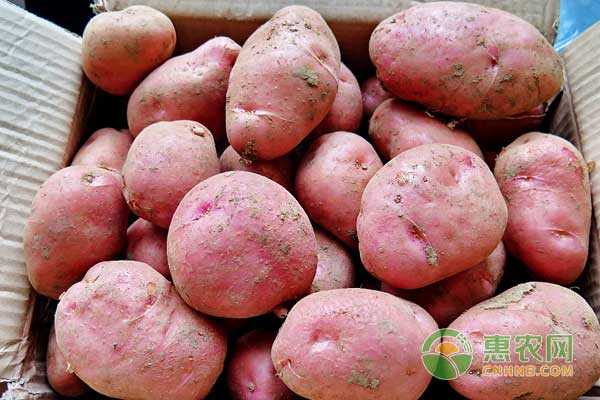
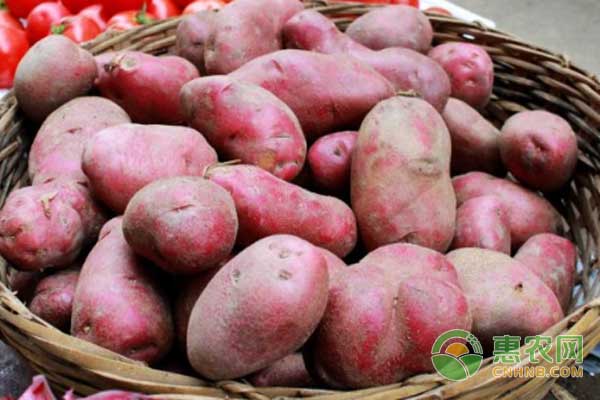
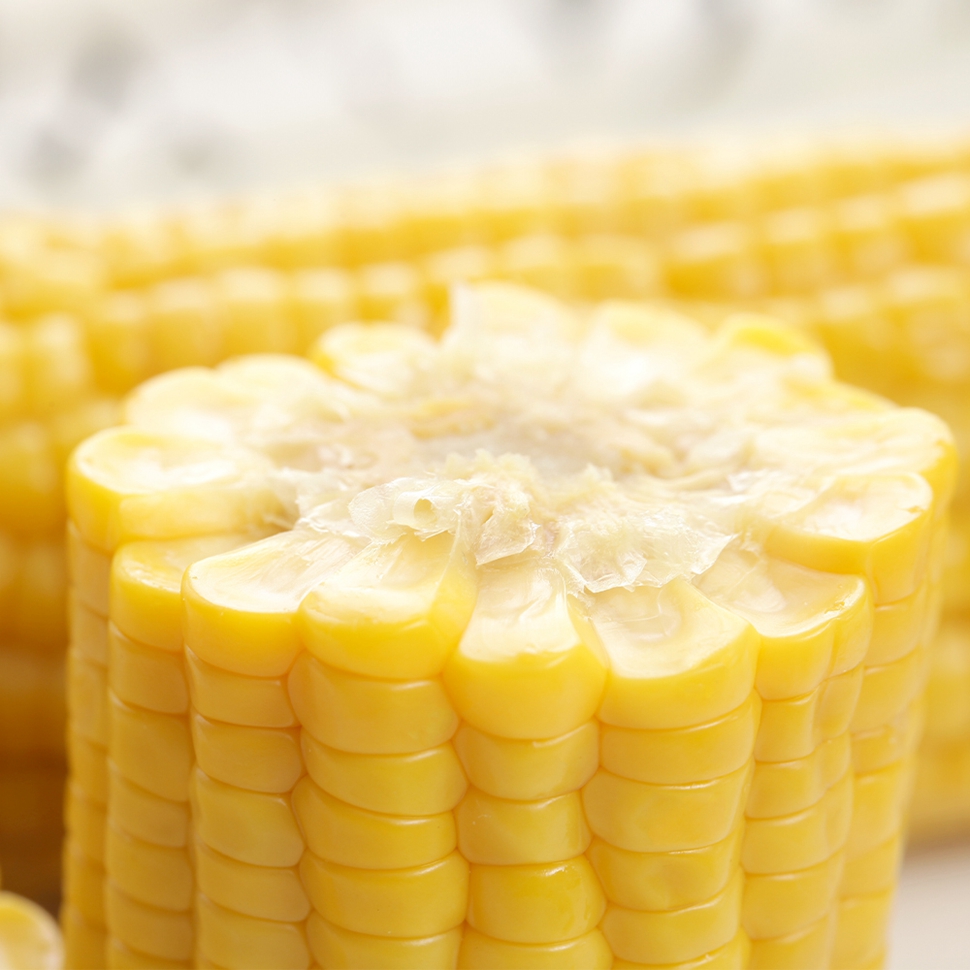
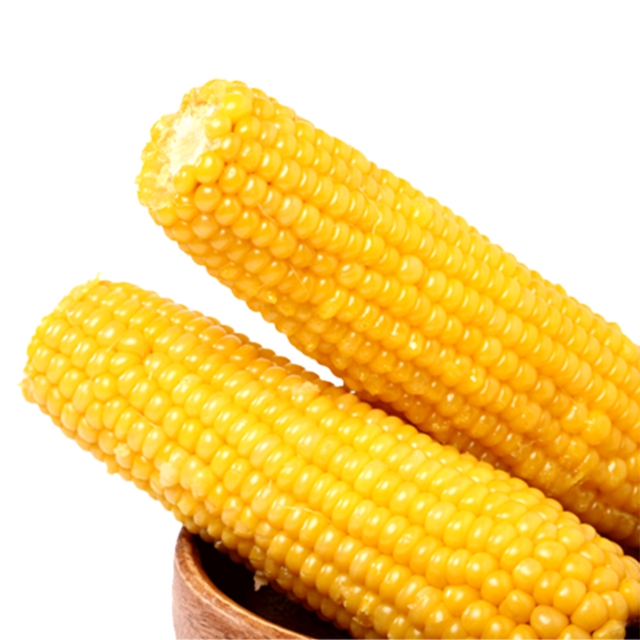
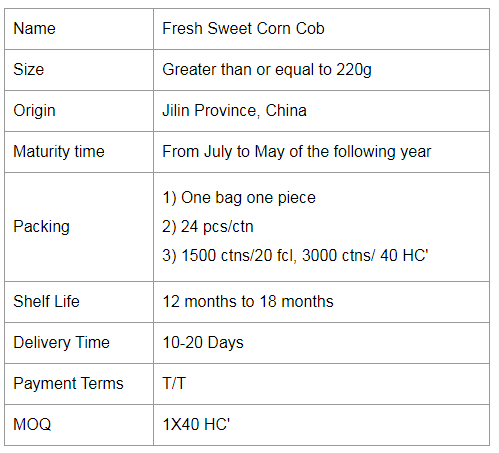
How to grow red potatoes? High-yield planting technology of red potato
Next Article
How to scientifically use colored agricultural film?